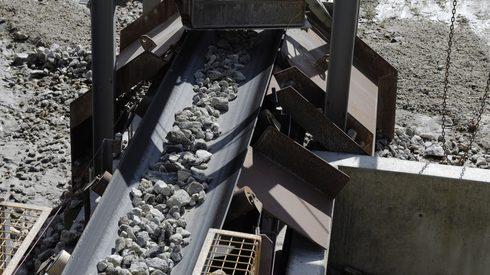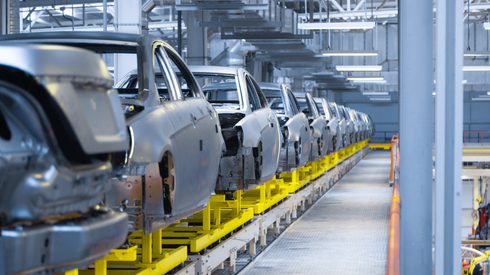There is a stark contrast among auto manufacturers’ understanding of green steel, despite a clear demand for it in the automotive industry and a willingness to pay a premium for it, deputy director at CALSTART’s Green Steel Program Jon Gordon told Fastmarkets in an interview on Tuesday February 13.
The nonprofit organization’s work involves accelerating the clean transportation industry.
There is a lack of awareness of green steel among original equipment manufacturers (OEMs), Gordon said.
“The big OEMs, like Ford, [General Motors] and Volvo are aware of green steel… and are already actively competing amongst each other for access to this product with limited supply,” he said.
However, green steel is a “new term” for smaller OEMs that manufacture buses, trucks and off road equipment, he said.
High demand for green steel among automakers
There is a clear demand for green steel among automakers, with 3.2 million tonnes of near-zero emissions steel already in demand by the auto industry by 2030, according to the Rocky Mountain Institute (RMI).
Incorporating green steel would increase the cost of an average car by around $100-200, according to ArcelorMittal chief executive officer Aditya Mittal.
“As we get more automakers aware of green steel and the necessity for it, the amount of demand increases, and it’s going to push an increase in supply in the US, which benefits everyone,” Gordon said in the interview.
To raise awareness about green steel among auto manufacturers, CALSTART – along with other climate and industrial groups – launched the Race to Green Steel campaign on February 14.
The campaign aims to inform automakers on the advantages of green primary steelmaking and navigate existing programs related to establishing emissions targets and obtaining low-emissions steel, including on RMI’s Sustainable Steel Buyers Platform.
The other organizations include Industrious Labs, the International Council on Clean Transportation and the Climate Group.
US to capitalize on government funding, set to be largest hydrogen producer
Sizeable capital investments are needed to get green steel facilities up and running, which requires fiscal support from the government, Gordon said, referencing the Department of Energy’s Office of Clean Energy Demonstrations (OCED) allocating $6.3 billion toward industrial decarbonization projects including steel.
“We’re expecting to hear in March about which projects are going to be funded, and we’re expecting the first green steel facility in the US to be announced through that,” he said, adding that it takes around 10 facilities to replace primary steel production in the US.
Looking ahead, Gordon said he anticipates the US to be the largest global producer of hydrogen.
“We’re going to have the most hydrogen production at the cheapest cost… which makes the US a really appealing place to make DRI [direct reduced iron],” he said.
The OCED’s Regional Clean Hydrogen Hubs Program (H2Hubs) allocates $7 billion to establish six to 10 regional clean hydrogen hubs in the US.
The sentiment of the US’ position in capitalizing on green hydrogen was echoed by McKinsey & Company, crediting the low cost of energy, access to direct reduction (DR) pellets, tax incentives and shipping infrastructure, Rafael Scott said at the Fastmarkets Scrap & Steel North American 2024 conference in Houston, Texas, on January 24.
Cleveland-Cliffs also said hydrogen “is the future” for its decarbonization drive, with the integrated producer having recently expanded the scale of its ongoing hydrogen injection trial at its Indiana Harbor No7 blast furnace.
In Europe, H2 Green Steel secured €6.5 billion ($7 billion) in funding to finance the construction of a carbon-free steelmaking facility in Boden, northern Sweden, the company announced on January 22.
The company plans to build a DRI unit powered entirely by green hydrogen.
Fastmarkets’ weekly assessment of the green steel domestic, flat-rolled, differential to HRC index, exw Northern Europe was €150-250 ($161-269) per tonne on February 8, unchanged since mid-December 2023
Stay up to date with key developments in green steel pricing and read the latest stories driving the discussion by visiting our dedicated green steel content hub. Learn more.







